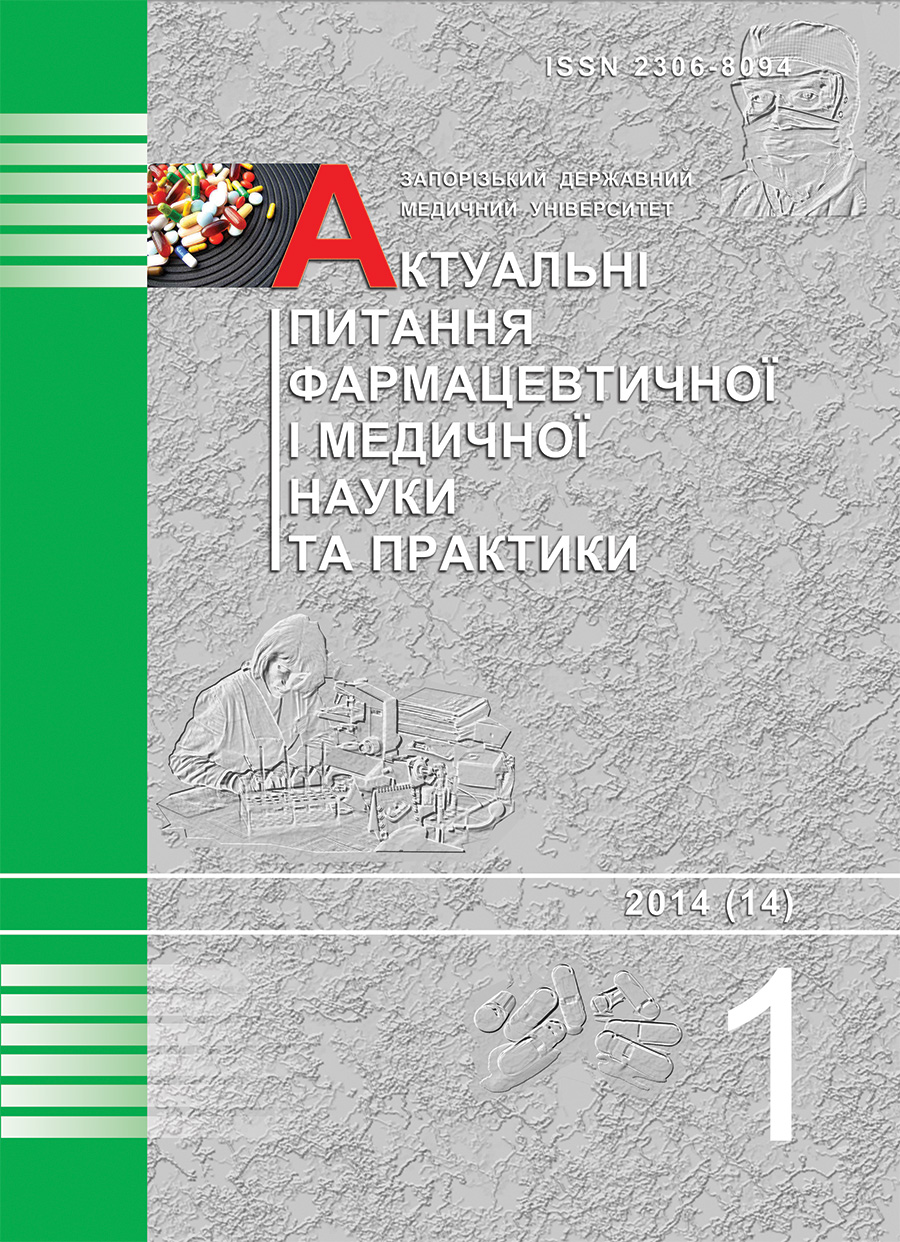The implementation of distance education models in higher мedical schools
DOI:
https://doi.org/10.14739/2409-2932.2014.1.24860Keywords:
the newest technologies, distance education, distance learning, the models of learning, computer telecommunicationsAbstract
The computer’s technological revolution over the last years has entered all spheres of human society and has given new guidelines in the education requirements. New knowledge requires new adoption methods. The article solves actual problem associated with the exchange, association and generalization of scientifi c and pedagogical experience of innovative technologies in the educational process of higher medical schools. Methodological signifi cance of the work is determined by the high rate of distance learning use in the process of medical students training. The article discusses fi ve current models of distance learning and the expediency of distance education in higher Medical schools is explained.
References
Михальченко М. Освіта і наука: пошуки нових парадигм модернізації / М. Михальченко // Вища освіта України. – 2001. – № 2. – С. 14–23.
Околесов О.П. Системный подход к построению электронного курса для дистанционного обучения / О.П. Околесов // Педагогика. – 1999. – № 6. – С. 50–56.
Олексенко В. Ефективні шляхи вдосконалення змісту і форм підготовки спеціалістів ВНЗ / В. Олексенко // Вища освіта України. – 2004. – № 2. – С. 66–70.
Пидкасистый П.И. Компьютерные технологии в системе дистанционного обучения / П.И. Пидкасистый, О.Б. Тищенко // Педагогика. – 2000. – № 5. – С. 7–12.
Полат Е.С. Дистанционное обучение: каким ему быть? / Е.С. Полат, А.Е. Петров // Педагогика. – 1999. – № 7. – С. 29–34.
Педагогика : учеб. пособ. для студ. пед. учеб. завед. / В.А. Сластенин, И.Ф. Исаев, А.И. Мищенко, Е.Н. Шиянов. – 4-е изд. – М. : Школьная Пресса, 2002. – 512 с.
Сайт учителя информатики Александровой З.В. [Электронный ресурс]. – Режим доступа: http: //aida.ucoz.ru.publ/9-1-0-76.
Слєпкань З.І. Наукові засади педагогічного процесу у вищій школі : навчальний посібник / З.І. Слєпкань. – К. : Вища школа, 2005. – 239 с.
Соколов В.М. О подходах к оптимизации объема запоминаемого содержания обучения / В.М. Соколов, О.И. Ваганова // Проблемы теории и практики подготовки современного специалиста : межвузовский сборник научных трудов. – Н.Новгород : НГЛУ им.А.Н. Добролюбова, 2004. – Вып. 2. – С. 285–292 с.
Шахмаев Н.М. Технические средства дистанционного обучения / Н.М. Шахмаев. – М. : Знание, 2000. – 276 с.
Katia Passerini. A developmental model for distance learning using the Internet / Katia Passerini, Mary J. Granger //Computers and Education. – 2000. –№ 34. – Р. 1–15.
Haertel G., Means B. & Penuel W. (2008). Technology tools for collecting, managing, and using assessment data to inform instruction and improve achievement. In L. Smolin, K. Lawless, & N., Burbules (Eds.), NSSE yearbook 2007, Information and communication technologies: Considerations for teachers and teacher education. Chicago: National Society for the Study of Education.
Downloads
How to Cite
Issue
Section
License
Authors who publish with this journal agree to the following terms:
- Authors retain copyright and grant the journal right of first publication with the work simultaneously licensed under a Creative Commons Attribution License that allows others to share the work with an acknowledgement of the work's authorship and initial publication in this journal.

- Authors are able to enter into separate, additional contractual arrangements for the non-exclusive distribution of the journal's published version of the work (e.g., post it to an institutional repository or publish it in a book), with an acknowledgement of its initial publication in this journal.
- Authors are permitted and encouraged to post their work online (e.g., in institutional repositories or on their website) prior to and during the submission process, as it can lead to productive exchanges, as well as earlier and greater citation of published work (See The Effect of Open Access)

